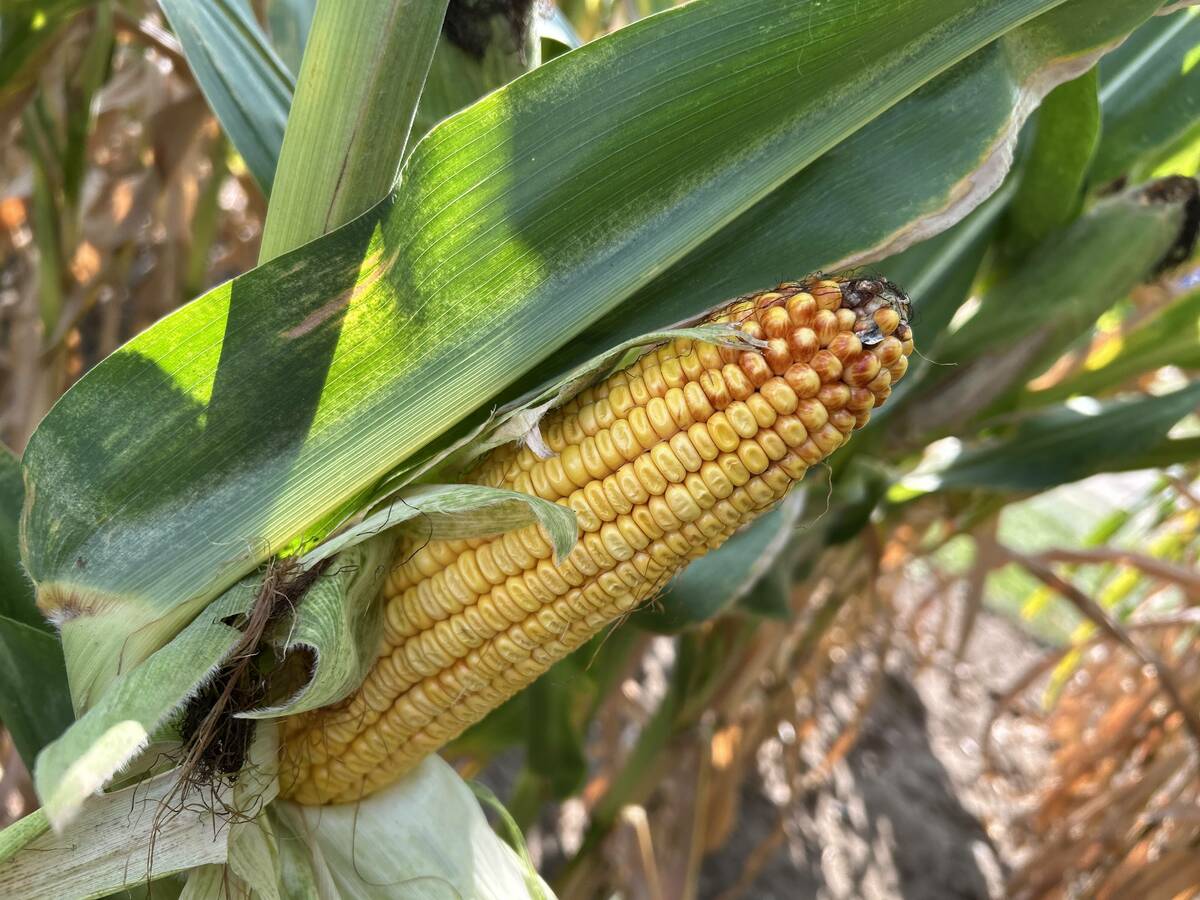Global biotech acreage continues to grow at a double-digit pace 10 years after the first GM crops were commercialized, although the rate of growth in 2005 was considerably slower than the previous year.
Slightly more than 222 million acres of GM crops were grown in 21 countries last year, according to the International Service for the Acquisition of Agri-Biotech Applications.
That’s an 11 percent increase over 2004 and a 50-fold increase over the acreage in 1996 when biotech crops were first introduced to the world.
“Farmers from the United States to Iran and five European Union countries demonstrate a trust and confidence in biotech crops as indicated by the unprecedented high adoption rate of these crops,” said ISAAA chair Clive James.
Read Also

Crop estimates show mixed results
Model-based estimates used by Statistics Canada showed the 2025/26 crop year has seen increases in canola, corn for grain, oats and lentils production while seeing dips in spring wheat, durum wheat, soybeans and barley in comparison to 2024/25.
“The continued expansion of countries growing biotech crops also bears witness to the substantial economical, environmental and social benefits associated with these crops.”
The ISAAA is a non-profit organization, which is attempting to alleviate hunger and poverty by transferring crop biotechnology applications to third world countries. It receives funding from governments, charity and research organizations and biotech companies.
According to the ISAAA’s numbers, the rate of GM crop growth fell to 11 percent from 20 percent in 2004, said Geert Ritsema, an anti-GM campaigner for Greenpeace International.
“Yes, there is still growth, but the growth seems to be slowing down,” Ritsema said from Greenpeace headquarters in Amsterdam.
He also noted that despite claims that the world is embracing GM crops, 94 percent of biotech acreage is concentrated in five countries – the United States, Argentina, Brazil, Canada and China.
“Beyond those five countries the acreages are really, really small,” he noted.
The ISAAA’s James said it would be wrong to conclude the rate of adoption is slowing. It has always been variable. The growth rate dropped from 19 percent in 2001 to 12 percent in 2002 and then climbed back to 20 percent by 2004.
“There is no indication it is slowing down,” he said during a telephone interview from Rio de Janeiro, Brazil.
He pointed out that 7.7 million of the 8.5 million producers growing GM crops are resource-poor farmers in China, India, South Africa, the Philippines and seven other developing countries where the technology is relatively new.
Biotech crops are also making inroads in formerly hostile turf. Portugal and France resumed the planting of Bt corn in 2005 after a lengthy moratorium on GM crops, while farmers in the Czech Republic seeded it for the first time.
That makes five EU countries now growing biotech crops, which could signal a softening of Europe’s anti-GMO stance, said James.
Brazil experienced the most significant expansion, leapfrogging past Canada into third spot on the list of top GM crop producing countries in the process.
Brazilian farmers planted 23 million acres of herbicide tolerant soybeans last year, up 88 percent from 2004 levels.
Canada’s growth rate was a modest seven percent, a function of the saturation of the canola sector and a lack of new products, said James.
But he noted that with the release of varieties with stacked traits, Canada and the U.S. should be counted in terms of “trait acres.” So if a crop offers both herbicide-tolerance and insect resistance, the acreage should be counted twice.
“This will be the growth area in the U.S. and Canada,” said James.
Ritsema said the 46-page ISAAA report distorts what is happening around the world, particularly in Europe.
“They paint a picture that is far too rosy and not realistic.”
He said a European Commission report released last summer shows that only 14 percent of Europeans think GM crops are safe.
“I think there is another story to tell about GM crops, especially in Europe (where) there is still a huge consumer resistance.”
And he disputed the assertion that farmers in developing countries are prospering from biotechnology, which he said has been foisted upon them through a massive propaganda campaign.
“Biotech crops haven’t brought any benefits for poor farmers,” said Ritsema.
James countered that a crop like biotech rice, which was seeded for the first time in 2005, could make a substantial contribution to the United Nations’ goal of reducing poverty, hunger and malnutrition by 50 percent by 2015.
“This technology can play a very important role from a humanitarian point of view and make a significant contribution to the pledge that we have made.”
He expects the adoption of the technology in places like India and China will fuel continued expansion of global GM crop acreage.















